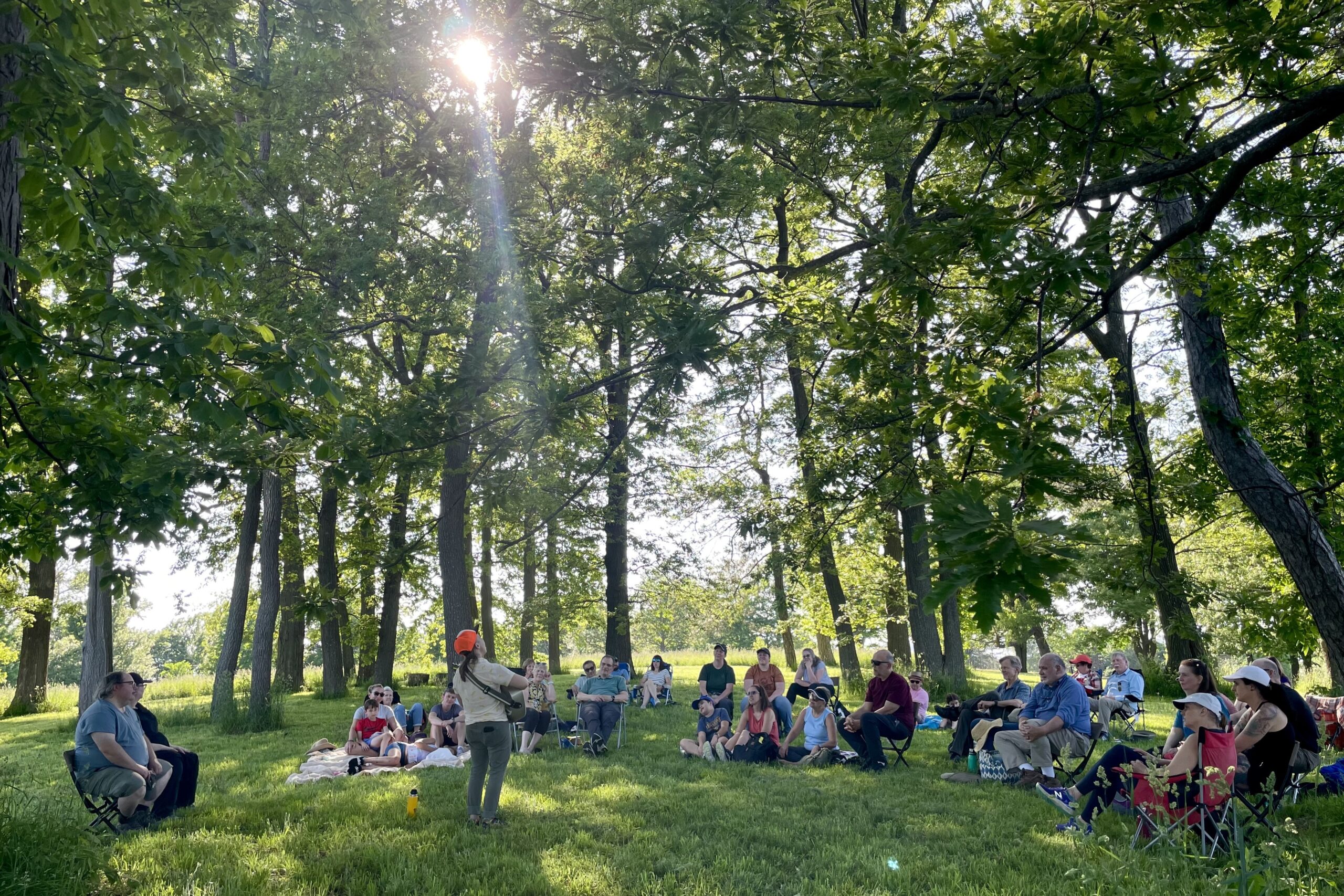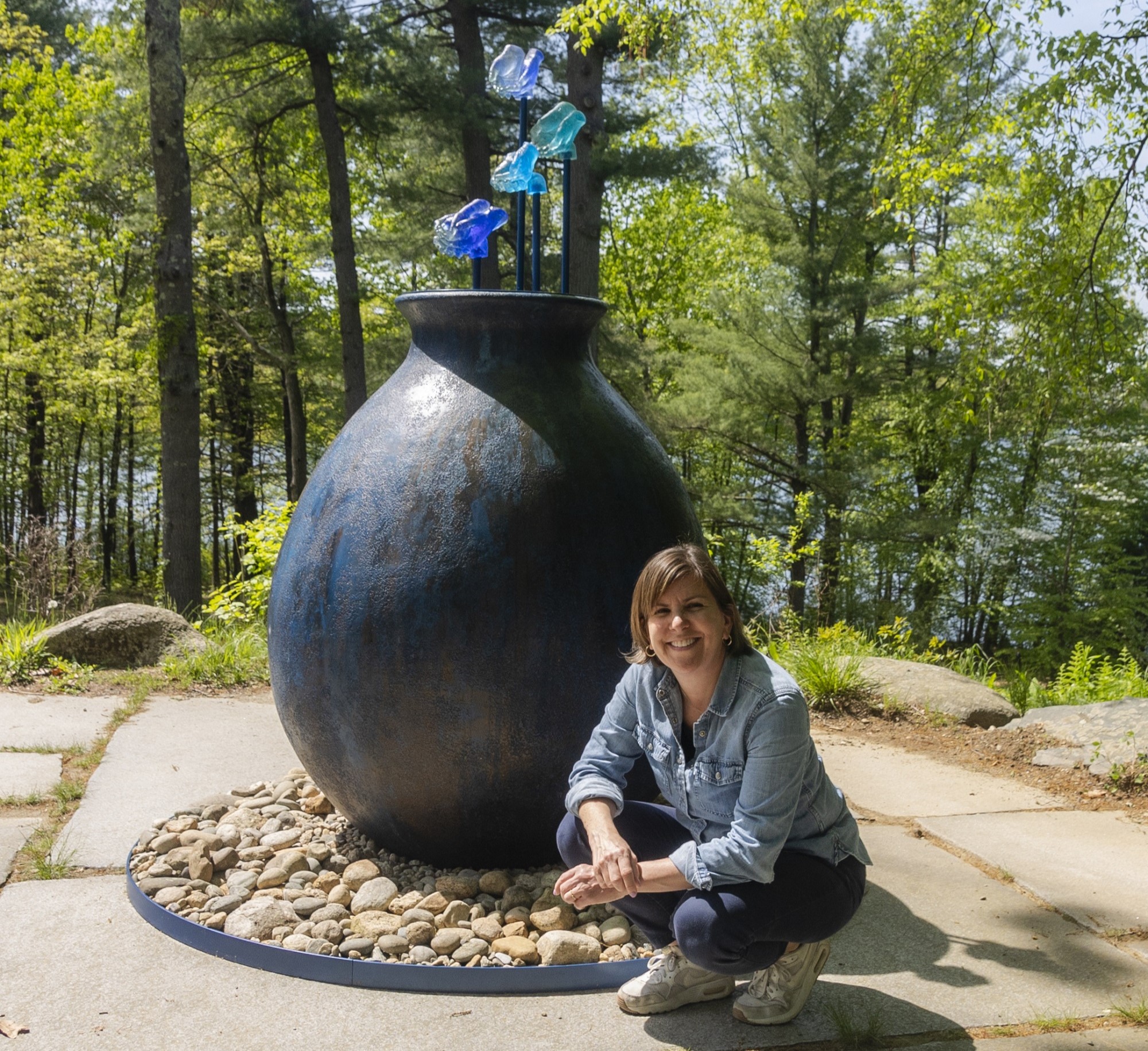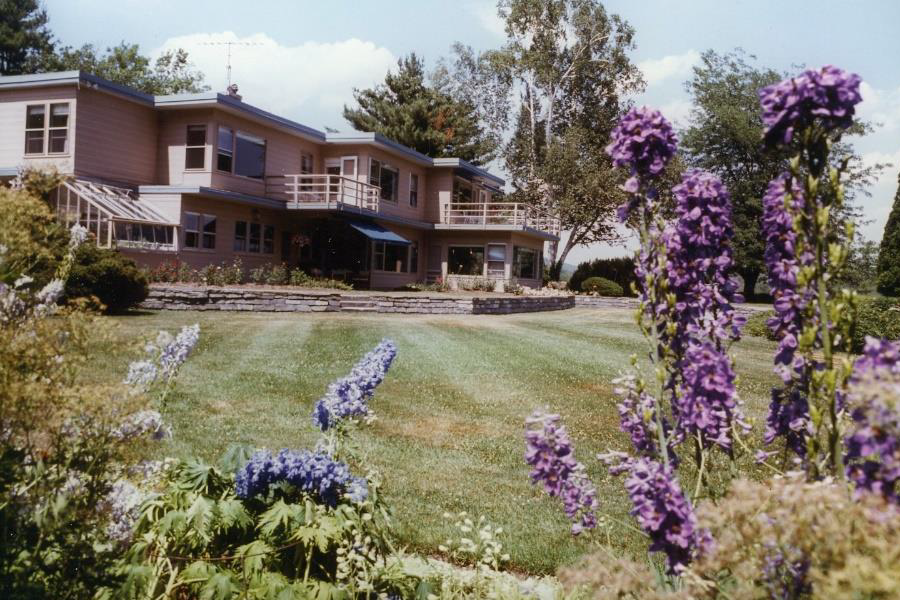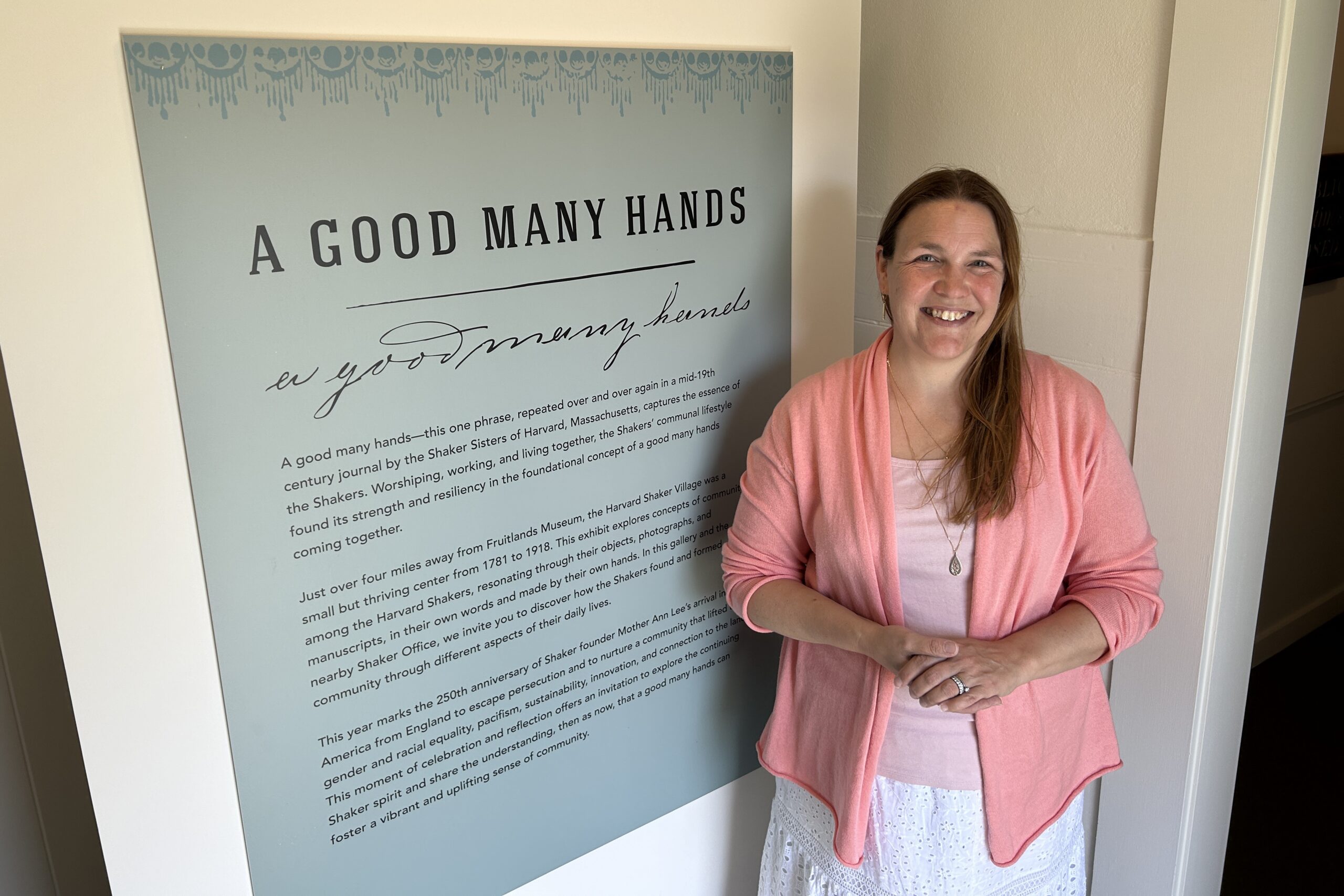Alcott, along with friend and fellow reformer Charles Lane, decided to create their own transcendentalist community, moving with their families and a handful of other supporters to a 90-acre farm in Harvard in the spring of 1843. With a goal of keeping their minds and bodies pure, they planned to grow everything they would eat (believing in a vegan diet) and make everything they would need to survive; such practices as trading goods or using animals for farming were banned. They named their self-sufficient home “Fruitlands” in recognition of the bountiful fruit trees on the property.
The 174 years between then and now have seen many changes on the Fruitlands property. First, the communal experiment failed after only seven months, mainly because the group of thinkers couldn’t produce either enough food or goods, or sufficient profits to cover even the first mortgage payment. Alcott eventually moved his family back to Concord, where he continued his friendship with other Transcendentalists, including Ralph Waldo Emerson and Henry David Thoreau.
After years of belonging to Joseph Palmer—one of the Fruitlands participants—and others, the property was purchased in 1910 by Clara Endicott Sears, a wealthy Boston philanthropist and avid collector. Intrigued by the Transcendentalists’ short-lived community, Sears restored the 1820s farmhouse and opened it and the land to the public in 1914 as Fruitlands Museum.
In the years that followed, Sears passionately added to the museum, assembling an eclectic collection of Americana. “Her move to Harvard and the building of her summer home, The Pergolas, in 1910 started a wonderful chain of events,” says Curator Shana Dumont Garr. Fascinated by the relationship between Lane and the nearby Shakers, Sears became friendly with them herself, which led to the founding of the Shaker Museum in 1920 after moving a building from the Harvard Shaker Village to the Fruitlands Museum property.
Similarly, Mrs. Sears recognized that Native Americans had inhabited the Nashua River Valley area for many millennia, and was concerned that there was a lack of understanding of native cultures in 20th-century America. As a remedy, she began collecting arrowheads and, ultimately, a geographically diverse assemblage of Native American objects. And in addition to the Shaker and Native American themes, Sears also collected Hudson River School landscapes and folk portraits.
By listening to her own aesthetic inclinations, Sears combined this variety of eclectic elements. “As a female collector in the early 20th Century,” says Christie Jackson, Trustees Senior Curator, “she has such a strong voice. I love that it is her view that brought these pieces together.” And the 210-acre landscape itself, with its breathtaking views, archaeological narratives, abundant flora and fauna, and proximity to what is now the Oxbow National Wildlife Refuge, provides a natural collection of its own.
Fruitlands Museum became a part of The Trustees, as its 116th special place, in 2016. We speculate that the merger was a move Ms. Sears herself would have approved, given her admiration of The Trustees and its mission during her lifetime. “The relationship between the Museum, its founder, and The Trustees dates back to the 1950s, with Ms. Sears considering a possible merger at that time. Her letters acknowledge, even sixty years ago, the shared mission and vision of protecting and preserving iconic places for the benefit of the public,” says Joanna Ballantine, Trustees Vice President for the Western Region. “We have the same primary focus of preservation and enrichment,” says Marie LeBlanc, former Chairwoman of the Fruitlands Museum Board, who now serves on the Trustees’ Advisory Board. “The Trustees have a very large base of members who are interested in exploring new places.”
And quite a place to explore it is. From the moment you arrive at the entrance of Fruitlands Museum, the view is captivating. The landscape, with its subtle peaks, makes you stop for a moment and breathe in the fresh air. It could be then that you feel you are traveling back in time, or it could be when you step inside the stillness of the 1794 Shaker Museum or the heavy quiet that encompasses the Fruitlands Farmhouse at the bottom of the hill. At some point during your visit, you’ll feel transported. That’s the point. “A lot of wonderful things have been happening here for a long time,” says Catherine Shortliffe, Engagement Site Manager. “You have to respect the history of this place; it has so much to offer.” Delving into the past is part of the Fruitlands experience—a cornerstone that will be cherished and preserved by The Trustees. The objects on display in the Shaker Museum and the Fruitlands Farmhouse, as well as the permanent collection in the Art Museum and the Native American Museum, embody Fruitlands Museum’s story. “The museum has at least 6,000 objects in its collection,” says Garr, “including 230 19th-century folk portraits—the second largest collection in the nation.”
But why are these pieces gathered together on a failed 19th-century Transcendentalist commune? It all comes back to the land. Having been home to many people over the years—Native Americans, Colonial settlers, briefly by a small group of Transcendentalists, farmers, and the well-to-do Sears—Fruitlands Museum tells the stories of those tied to the property. “This place is unique,” says Garr, “because it’s not just about the objects in the buildings. It’s also about the land and the context—they are all part of the story we tell.”
While the grounds—with almost three miles of walking trails through meadows and woodlands, and past several archaeological sites—are a natural attraction for visitors, other components of Fruitlands Museum are being revived with the Trustees’ support. Most notably, the integration presents The Trustees with an asset it did not have until this point—a dedicated gallery.
The Art Museum originally opened in 1939, and has approximately 1,900 square feet of space. This year’s exhibits and programming focuses on literature (see sidebar), a theme that emphasizes the connection between Fruitlands Museum and The Old Manse, another Trustees historic site in nearby Concord. “The two special places were sites for revolutionary thought that transformed American discourse and society,” says Ballantine, “resulting not only in literature that is essential to the American experience, but beliefs about the importance of nature and living off of the land.”
Harriet Friedrich, Museum Store and Guest Services Manager, who is also in charge of the annual craft festival in the fall, has enjoyed seeing people visit the Museum over the years. “I love this place,” she says. Echoing Ms. Sears’s passion for Fruitlands, and her vision of protecting it and its collections for the benefit of the public, Friedrich adds, “We are really mindful to ensure every single guests enjoy themselves while they are here.”
Whether you come for a special event, a wedding, lunch in the Fruitlands Café, visits to experience the many elements of the collection, or the serene and profound beauty of its landscape, a trip to explore all that Fruitlands Museum has to offer will be an enjoyable journey into the nature and history of this remarkable place.



